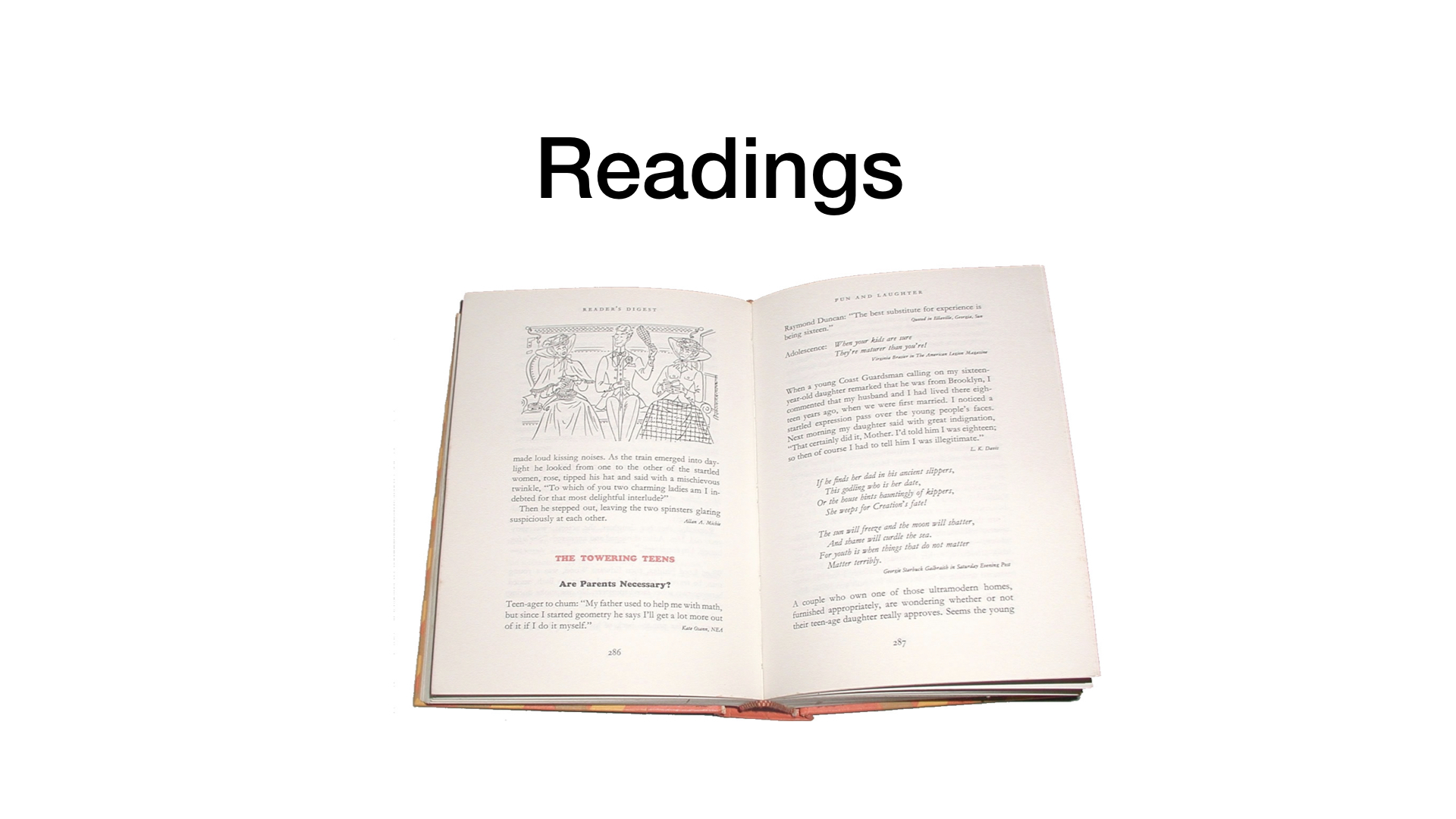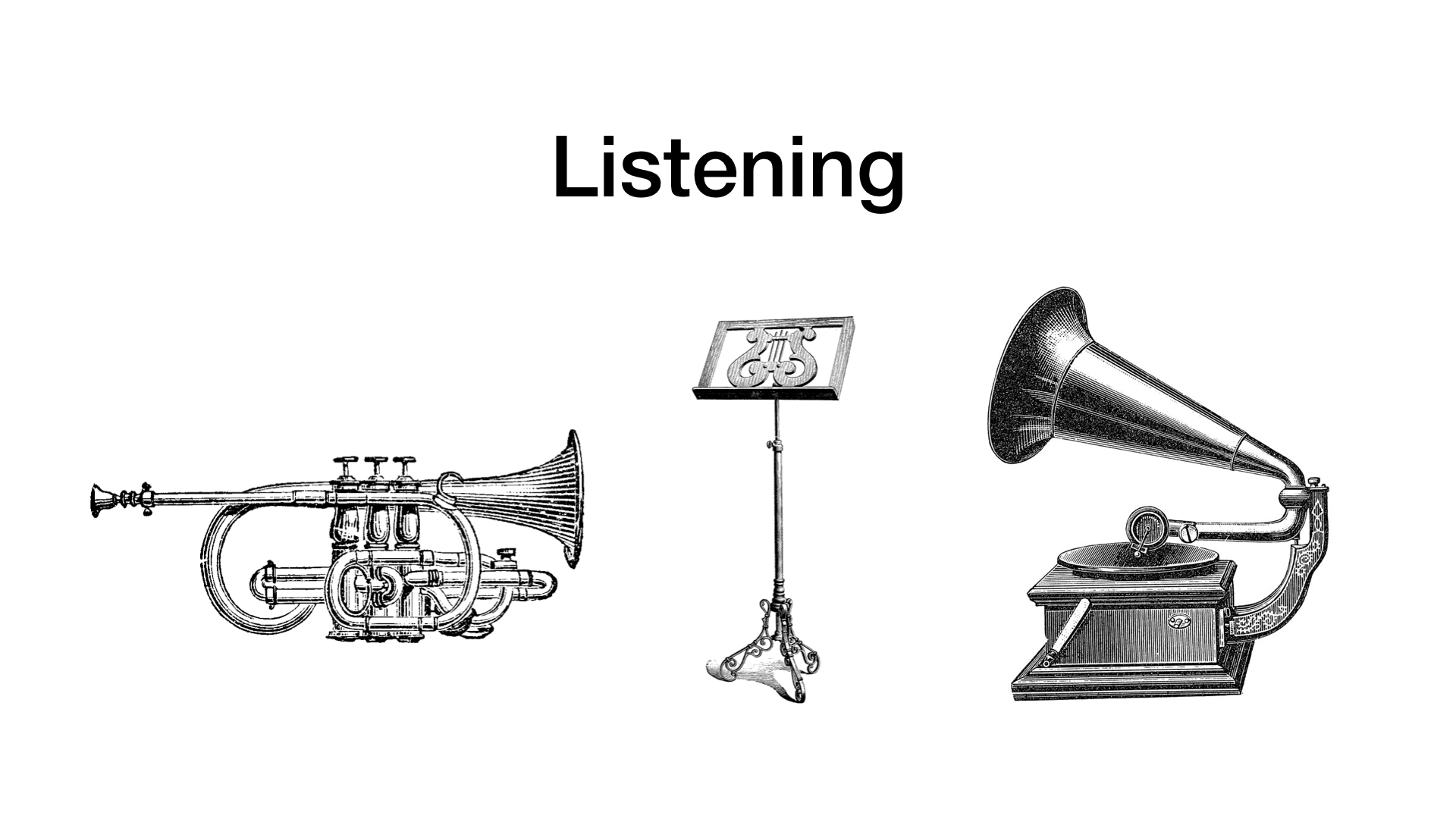
Required Readings
Clifton Callender, "Voice-Leading Parsimony in the Music of Alexander Scriabin," Journal of Music Theory, 42,:2, Neo-Riemannian Theory (1998), 219-33.
Dmitri Tymoczko, "Scale Networks in Debussy," Journal of Music Theory 48/2 (2004), 219–94.
José Oliveira Martins, "Bartók's Polymodality: The Dasian and Other Affinity Spaces," Journal of Music Theory 59/2 (2015), 273–320.
Ramon Satyendra, "An Informal Introduction to some Formal Concepts from Lewin's Transformational Theory," Journal of Music Theory 48 (2004), 99–141;
John Roeder, "Transformation in Post-Tonal Music,"Oxford Music Handbooks Online, Aug 2014.
Matthew Santa, "Defining Modular Transformations," Music Theory Spectrum 21:2 (1999): 200–29. Mappings to and from chromatic (mod12), octatonic (mod8), diatonic (mod7), whole-tone (mod6), and pentatonic (mod5) modular spaces in Bartók, Debussy, Stravinsky, and Schoenberg.
Jonathan De Souza, Music at Hand: Instruments, Bodies, Cognition (Oxford: Oxford University Press, 2017).
Idiomaticsy and Instrumental Spaces, pp. 55–63.
Kurt Rosenwinkel's Retuned Guitar, pp. 88–97.
Daniel Harrison, "Remarks on Fantasia on a Theme by Thomas Tallis," The Oxford Handbook of Neo-Riemannian Music Theories (Oxford University Press, 2011), 564–77.
Richard Cohn, "Hexatonic Cycles," in Audacious Euphony: Chromatic Harmony and the Triad's Second Nature (Oxford University Press, 2012), 17–41.
Keith J. Waters and J. Kent Williams, "Modeling Diatonic, Acoustic, Hexatonic, and Octatonic Harmonies and Progressions in Two- and Three-Dimensional Pitch Spaces; or Jazz Harmony after 1960," Music Theory Online 16/3 (2010)
Byron Almén, "Narrative Archetypes: A Critique, Theory, and Method of Narrative Analysis," Journal of Music Theory 47 (2003): 1–39.
James Donaldson, "Living Toys in Thomas Adès’ Living Toys: Transforming the Post-Tonal Topic," in Adès Studies edit. Edward Venn and Philip Stoecker (Cambridge, forthcoming).
Supplemental Readings
Michael Cherlin, "On Adapting Theoretical Models from the Work of David Lewin," Indiana Theory Review, 14/2 (Fall 1993), 19-43;
Steven Rings, Chapter One, Tonality and Transformation (Oxford: Oxford Studies in Music Theory, 2011)
Michael Siciliano, "Two Neo-Riemannian Analyses," College Music Symposium 45 (2005), 81-107.
Richard Cohn, Richard Cohn, "Neo-Riemannian Operations, Parsimonious Trichords, and Their "Tonnetz" Representations," Journal of Music Theory 41/1 (1997), 1–66.
Richard Cohn, "Introduction to Neo-Riemannian Theory: A Survey and a Historical Perspective," Journal of Music Theory 42/2 (1998), 167–80.
John Roeder and Scott Alexander Cook, "Triadic Transformation and Parsimonious Voice Leading in Some Interesting Passages by Gavin Bryars," Intégral 20 (2006), 43-67.
Keith Waters, "Modes, Scales, Functional Harmony, and Nonfunctional Harmony in the Compositions of Herbie Hancock," Journal of Music Theory 49/2 (2005), 337–57.
Steve Strunk, “Notes on Harmony in Wayne Shorter’s Compositions, 1964–67,” Journal of Music Theory 49:2 (2008): 301–32.
Keith Waters, "'Giant Steps' and the ic4 Legacy" Intégral 24 (2010): 135–62.
Keith Waters, Henry Martin, Steve Larson, Steven Strunk, "Circular Thinking—A Roundtable on 'Blue in Green' and 'Nefertiti'" Journal of Jazz Studies 11/1 (2016): 105-120.
Steve Strunk, “Tonal and Transformational Approaches to Chick Corea’s Compositions of the 1960s” Music Theory Spectrum 38/1 (2016): 16-36.
Keith Waters, "Chick Corea and Post-Bop Harmony" Music Theory Spectrum 38/1 (2016): 37-57.
Garrett Michaelsen, "Chord-Scale Networks in the Music and Improvisations of Wayne Shorter" Gamut Gamut 8/1 (2018): 123–88.
Paul Steinbeck, "Improvisation and Collaboration in Anthony Braxton’s 'Composition 76'" Journal of Music Theory 62:2 (2018): 249–78.
Ben Geyer, "Maria Schneider's Forms: Norms and Deviations in a Contemporary Jazz Corpus" Journal of Music Theory 63:1 (2019): 35–70.
Peter Kaminsky , "Ravel's Late Music and the Problem of 'Polytonality," Music Theory Spectrum 26/2 (2004), 237–64.
Nicholas Reyland, "Livre or Symphony? Lutoslawski's Livre pour orchestre and the Enigma of Musical Narrativity," Music Analysis, 27/ii-iii (2008), 253–94.
Presentations
Centricity keynote; Centricity powerpoint
Collections keynote; Collections powerpoint
Parsimony keynote; Parsimony powerpoint
Tymoczko Scale Networksy keynote; Tymoczko Scale Networks powerpoint
Martins Polymodality keynote; Martins Polymodality powerpoint
Transformational theory 1 keynote;Transformational theory 1 powerpoint
Transformational theory 2 keynote;Transformational theory 2 powerpoint

